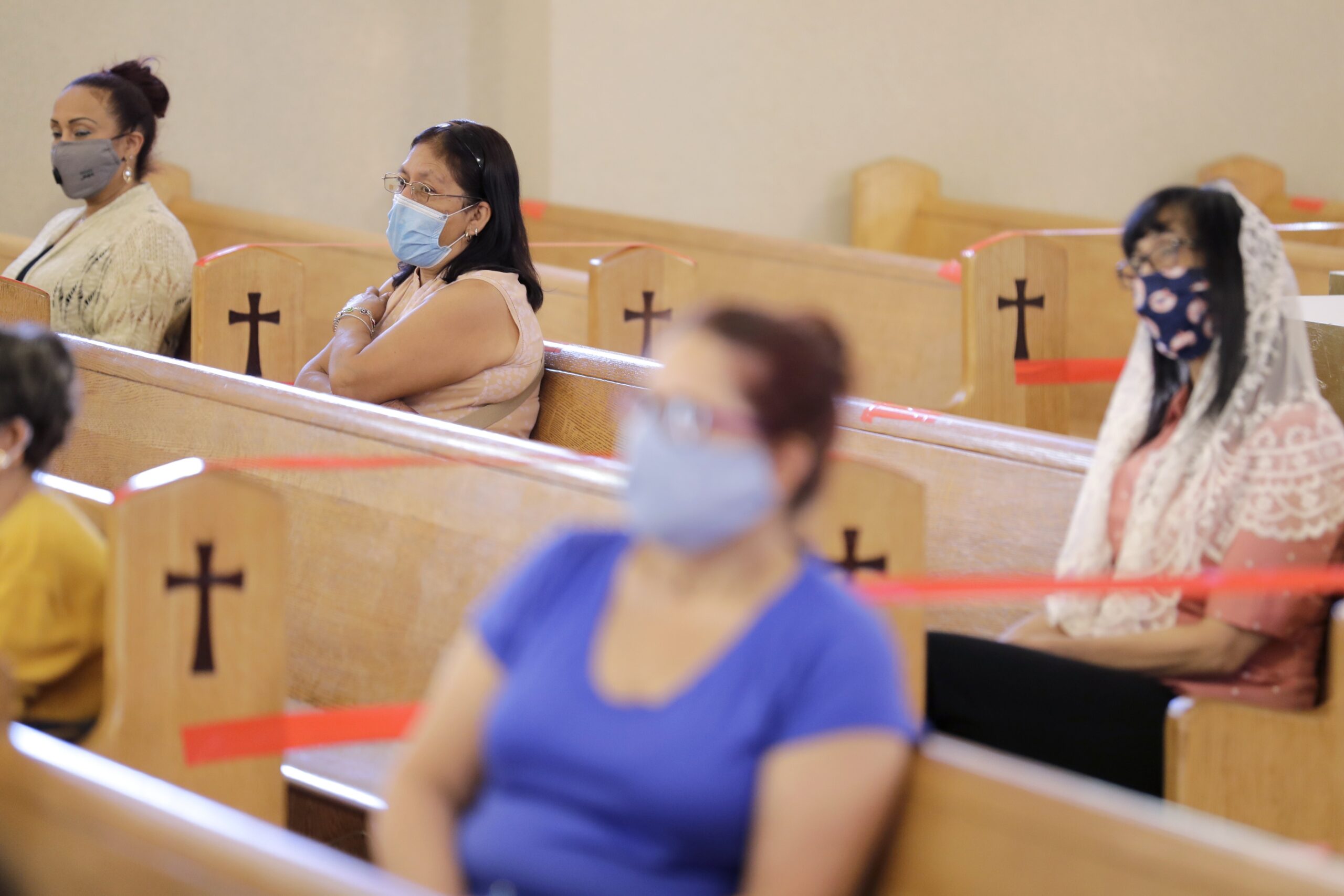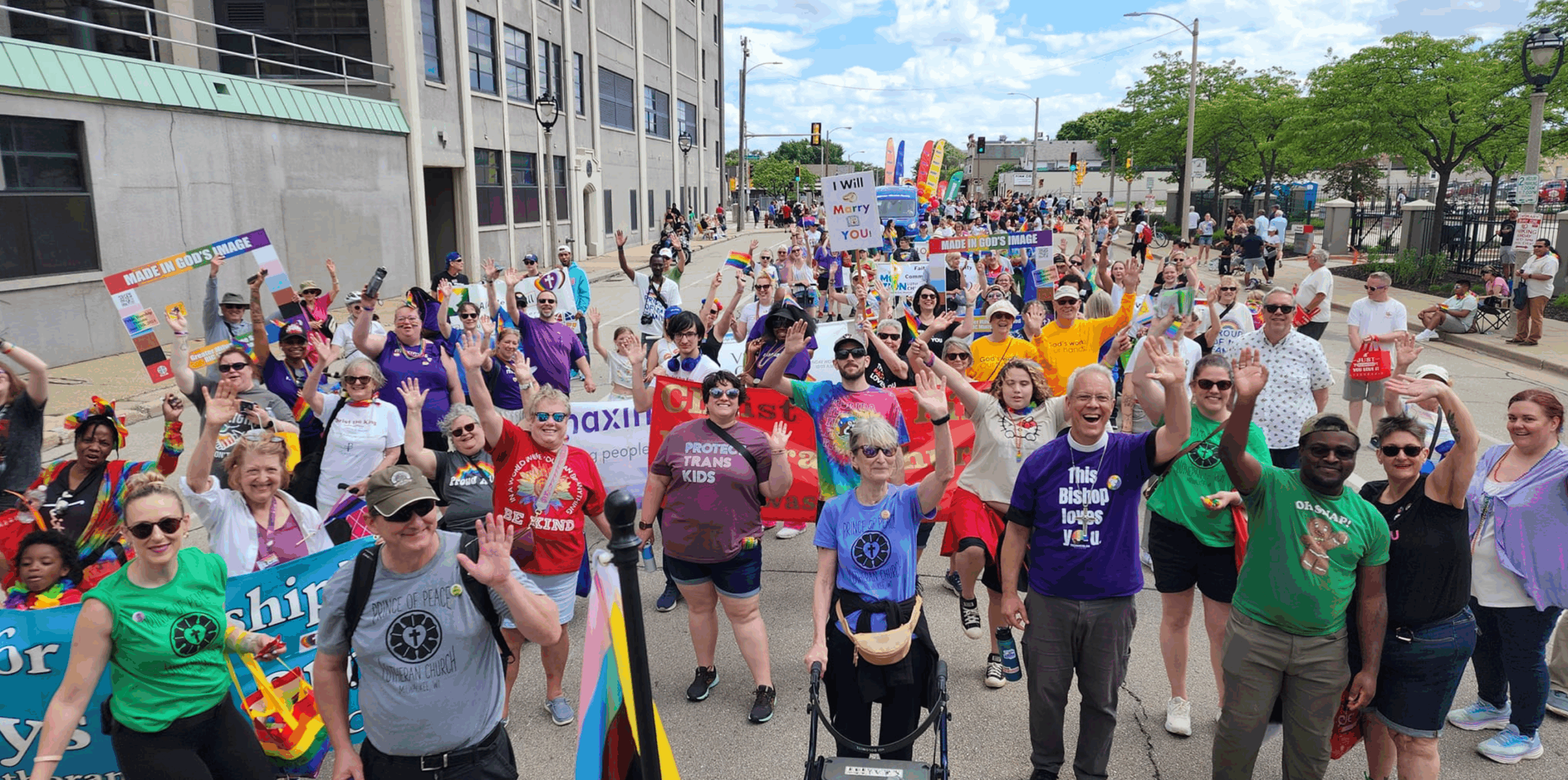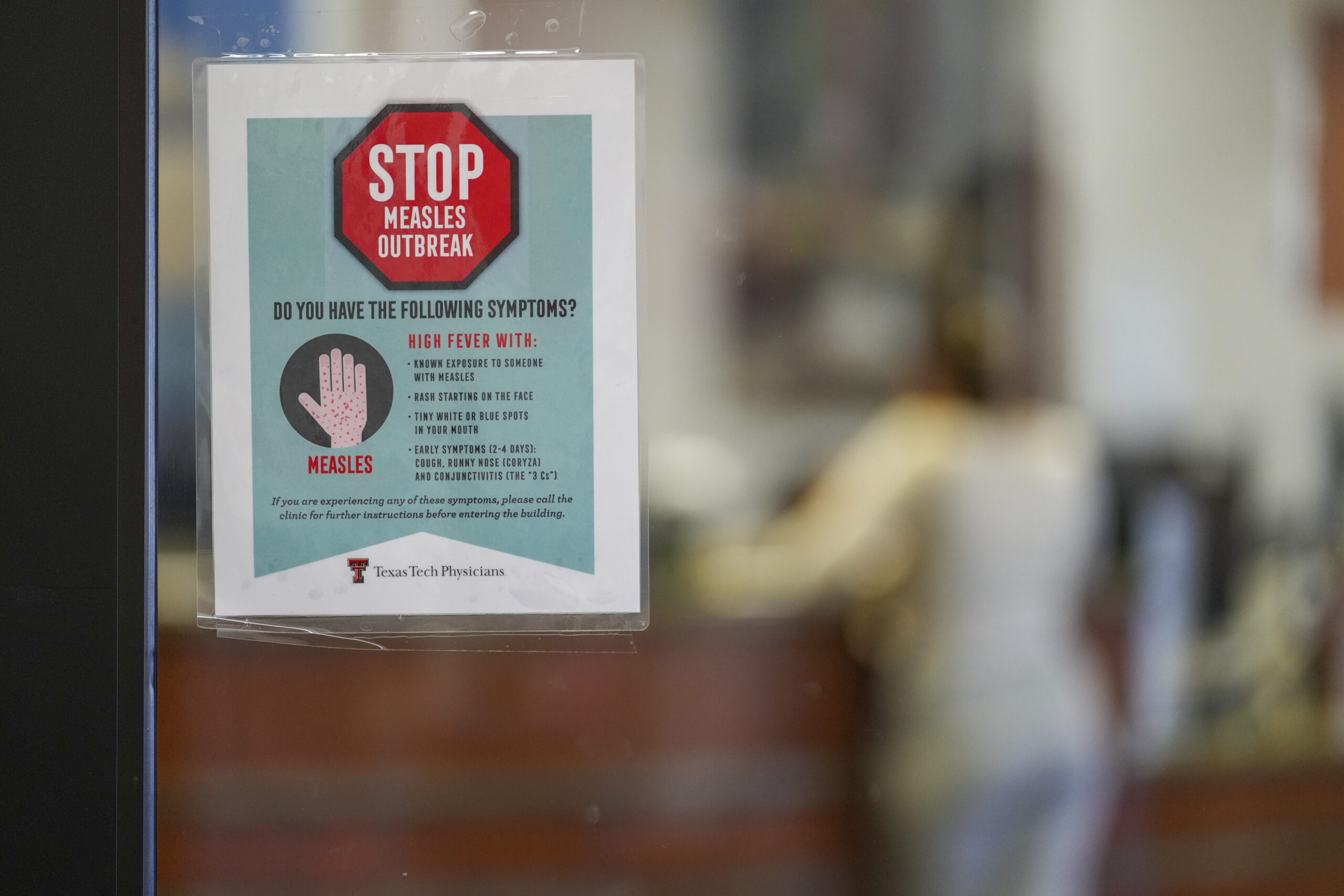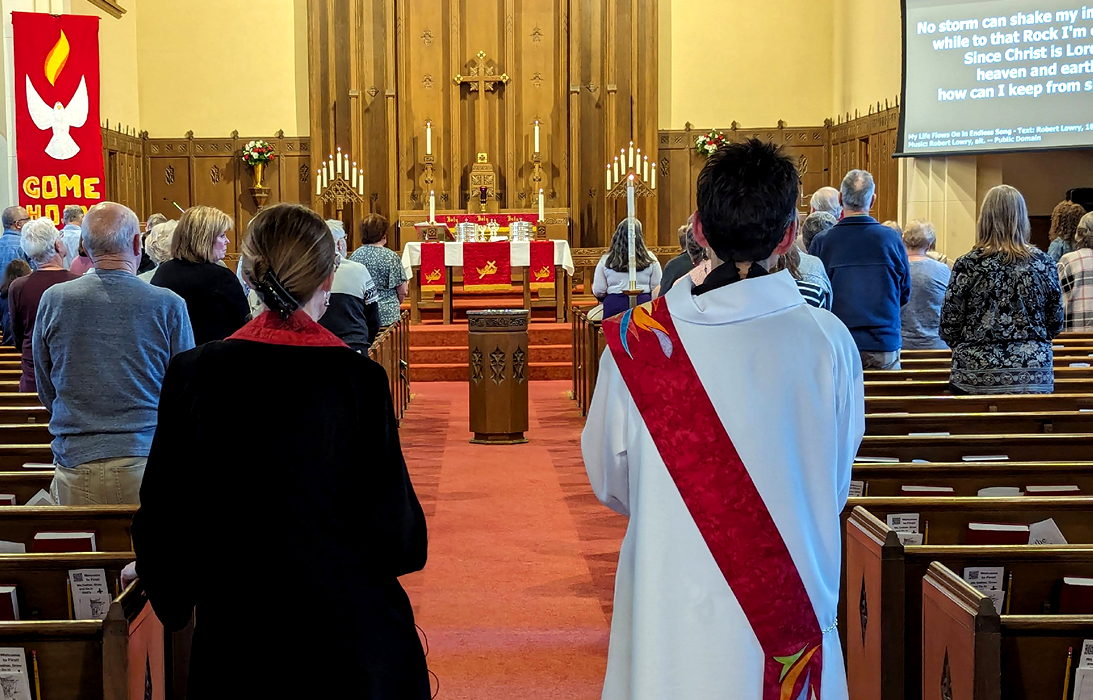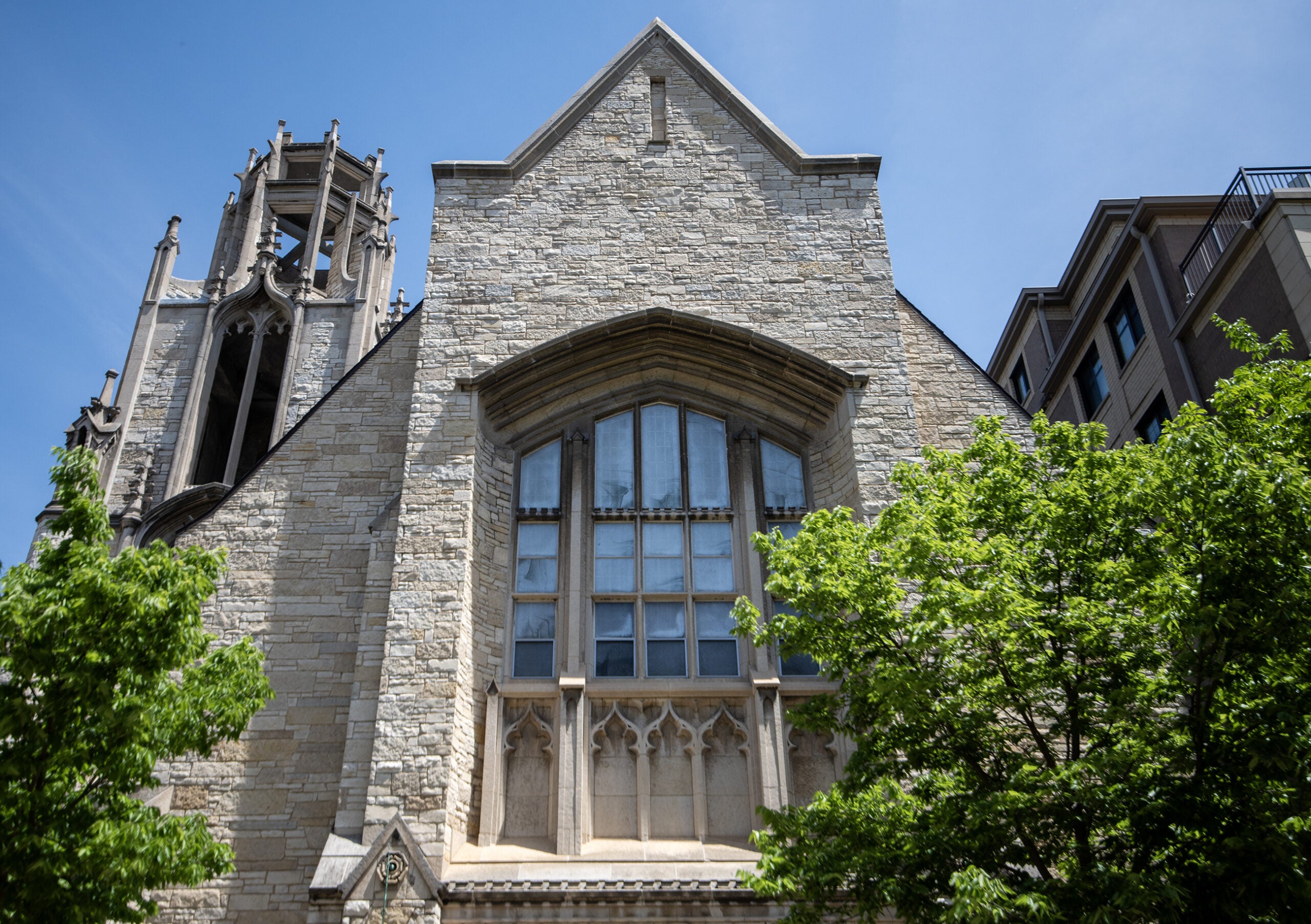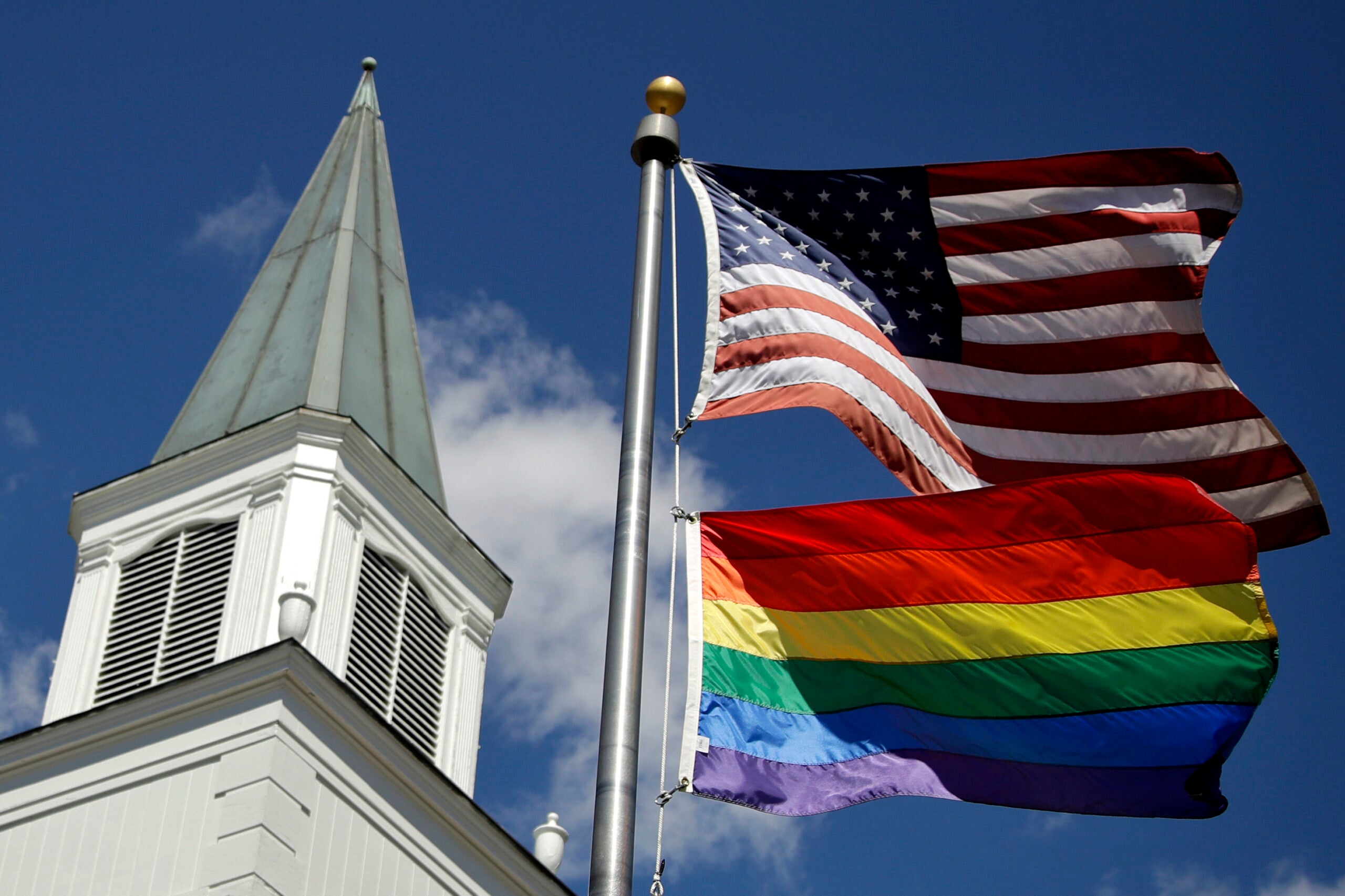In Sheboygan County, 23 cases of COVID-19 were linked to a local church this week, health officials said.
The county’s Health and Human Services Department is conducting a facility-wide investigation of the church. Contact tracing has already been completed for each case, according to a news release from the agency.
Officials said the church was following guidelines from the Centers for Disease Control and Prevention when it reopened at 25 percent capacity after the state’s stay-at-home order was lifted. The church has since moved services back online, and Public Health Officer Starrlene Grossman said it’s worked closely with officials to manage the outbreak.
News with a little more humanity
WPR’s “Wisconsin Today” newsletter keeps you connected to the state you love without feeling overwhelmed. No paywall. No agenda. No corporate filter.
“We cannot state enough how crucial this partnership has been in protecting the community and church members,” Grossman said.
Officials didn’t name the church involved, but Rebecca Ballentine, office manager at Pentecostals of Sheboygan County, told TMJ4 her church was the site of the outbreak.
On Wednesday, John Putnam, senior pastor at Pentecostals, encouraged people to take their symptoms seriously. The virus might have spread at the church after a young man attended a service experiencing what he thought were allergies, Putnam said.
Ballentine said it’s also possible the new coronavirus was spread at social events outside of church. Nearly 20 people who attended her birthday party the day before church services resumed have since tested positive for COVID-19, she told TMJ4.
Dr. Ryan Westergaard, chief medical officer at the Wisconsin Department of Health Services, said Wednesday that churchgoers should wear masks, avoid handshakes and spread out as much as possible to prevent spreading the virus.
Religious services are important, he said, but noted churches must make changes, like offering virtual services and ensuring social distancing, amid the pandemic.
Rev. Kerri Parker is executive director of the Wisconsin Council of Churches, which has about 2,000 member congregations across the state. The organization has worked with health officials to compile a list of safety guidelines for church leaders, allowing them to focus on their ministry, she said.
“There’s not a class on pandemic ministry in seminary,” she said.
There’s no one-size-fits-all solution to reopening, Parker said. With conflicting information coming from different sources, things can look complicated, she added. But it’s important to focus on the science, she said. The Wisconsin Council of Churches has launched a campaign to encourage churchgoers to wear face masks, a safety measure recommended by the CDC.
More than 50 percent of Wisconsinites are considered high risk for COVID-19 complications due to their age or other health factors. The percentage is higher among churchgoers, who tend to be older, Parker said. She said she’s heard from many church leaders who are concerned about how to best serve those vulnerable members.
“We have to think about not just what’s possible or prudent but what fits our values as a Christian community,” she said. “Is it the right thing to put people at risk by coming together?”
Parker believes churches will need to continue to explore different platforms to reach their members who can’t attend in-person services. It’s about getting creative, she said.
“Lots of times when we think about church, we think of the largest expression of the community, which is lots of people packed in together elbow-to-elbow and singing in a beautiful sanctuary,” she said. “That’s one way of church, but that’s not the only way of being church.”
Wisconsin Public Radio, © Copyright 2026, Board of Regents of the University of Wisconsin System and Wisconsin Educational Communications Board.
